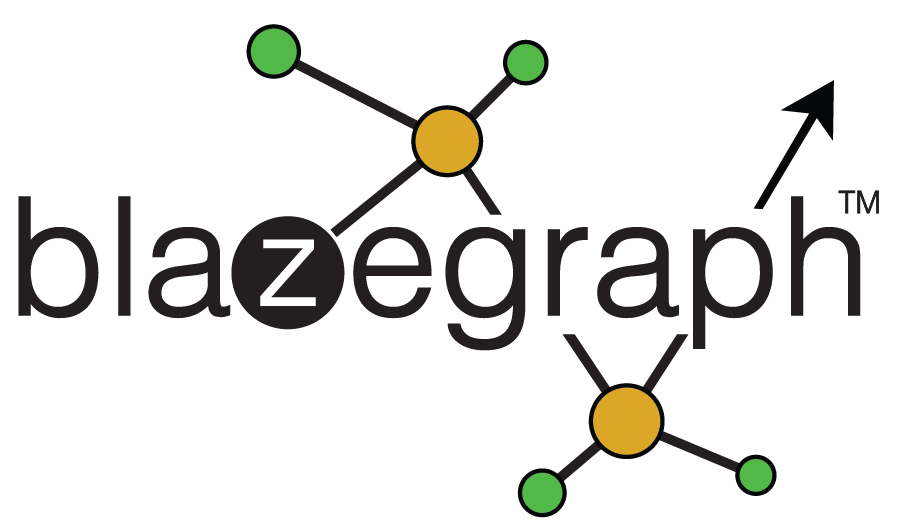
Raphael Research Resource API Beta

Linked data resource presentations are not designed to be final polished user interfaces. They can be seen and navigated by humans, but they are constructed as structured data sources for other data systems and separate final polished user interfaces. More information about linked data and how it can be published can be found here, here and here. For a tutorial on how to use the SPARQL query language please click here.
This resource is still being developed and the URIs presented here are currently for information and testing purposes. This message and the "Beta" tag will be removed when this resource is fully released.
This presentation of the data has been set up to provide basic live Uniform Resource Identifiers (URIs) the ontology and resources stored in the web based Raphael Research Resource. Further information about the database system used to store and query this data can be found on the Blazegraph website.
Additional test queries can be performed here, a selection of examples demonstrating simple use cases for this resource can be found here and the database can be queried directly via the SPARQL end-point.
Sorry this website is currently being updated to work with Blazegraph, so resources will currently not resolve
Initial testing is currently possible here.